A vertical garden, or living wall used to grow food such as vegetables, herbs and fruits, requires several things: proper orientation, lighting, water, drainage, and nutrition. LiveWall supports these basic plants needs and yields healthy vertical gardens.
Orientation
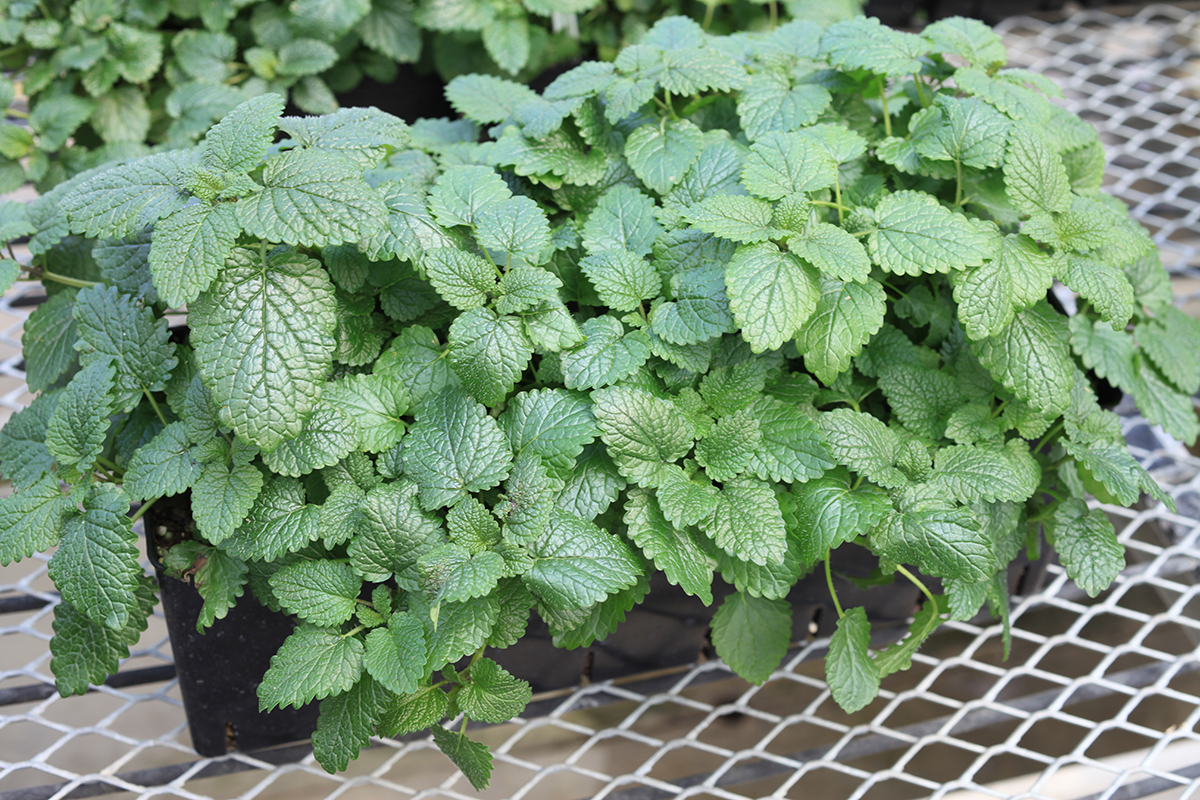
In nature, nearly every edible plant grows with its roots toward the center of the earth (positive geotropism) and its stems and leaves toward the sun (negative geotropism). Plants organs also tend to grow in a straight line (known as autotropism).
When the plants are turned sideways in an unnatural orientation that results in unnatural growth patterns, as is the design of a number of vertical garden systems, they divert energy from foliar and fruit production in effort to correct their orientation. Some systems designed in this manner may also be prone to soil erosion and can be difficult to water or fertilize.
LiveWall offers natural orientation, with the plant roots growing downward and stems and leaves growing upward.
Light
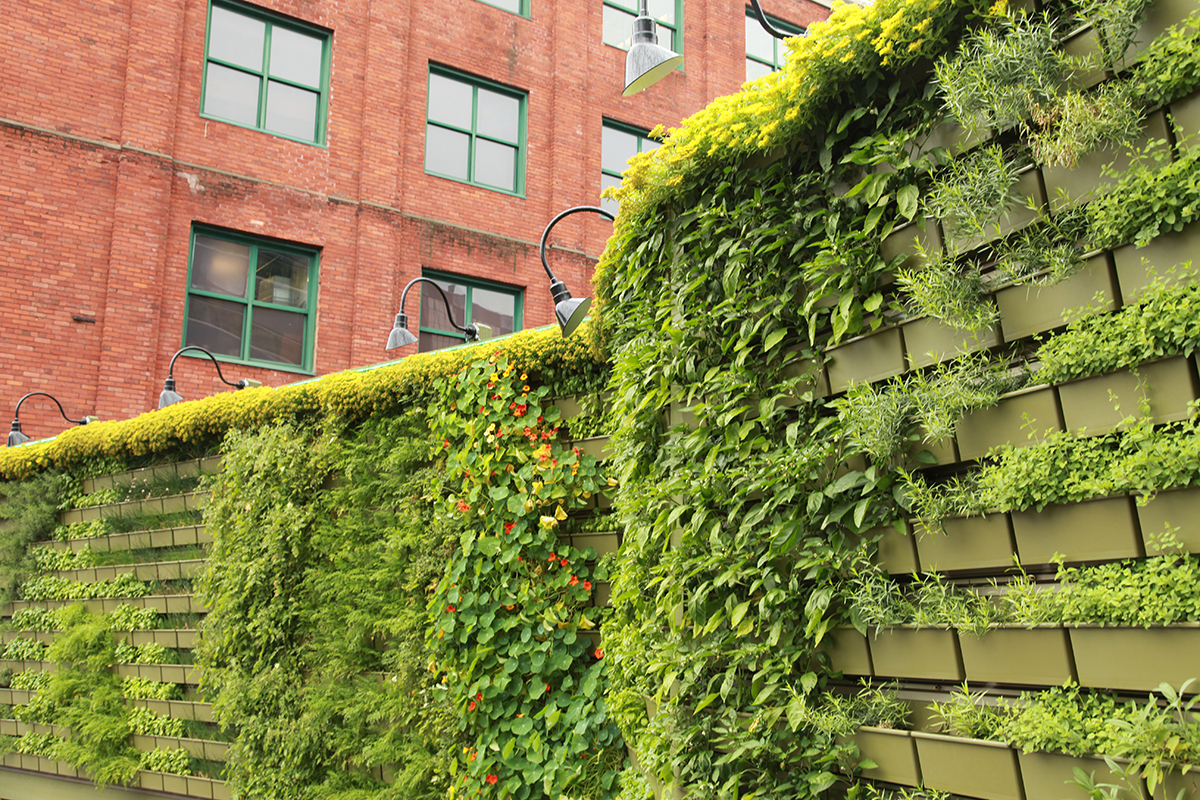
In most cases, typical indoor lighting is insufficient in intensity and inadequate in color spectrum to grow healthy edibles. Unfortunately, the small herb wall nested underneath your kitchen cabinets is not likely to perform well unless its facing a large, open window that gets several hours of direct sunlight daily, or supplemented with an intense light source of the right spectrum (such as the 15 degree Norb® bulb).
An exterior living wall planted with edibles and receiving sufficient direct sunlight can produce abundant yields, approximately 1 ounce per square foot per week of greens and herbs. Typically, food living walls perform best outdoors on south- or west-facing walls.
Water

As with any plants, supplying the optimum amount of water — not too little and definitely not too much — is critical to success. With the LiveWall system, young edible plants will likely require just one minute per day of irrigation during summer months. As they grow larger, the green wall likely will need two minutes per day of irrigation. In extreme, prolonged heat, longer run times may be needed.
Our seasonal irrigation chart recommends exact runs times based upon wall orientation and average daily temperatures. Our vertical gardens are shipped with controllers or hose timers (on smaller applications), which can be set to run on a schedule. So, you are free to go on vacation without needing to find someone to care for the plants. In volunteer-run or community gardens, this is insurance against gaps in staffing. And, for restaurants, this means one less distraction from spending time in the kitchen.
Drainage
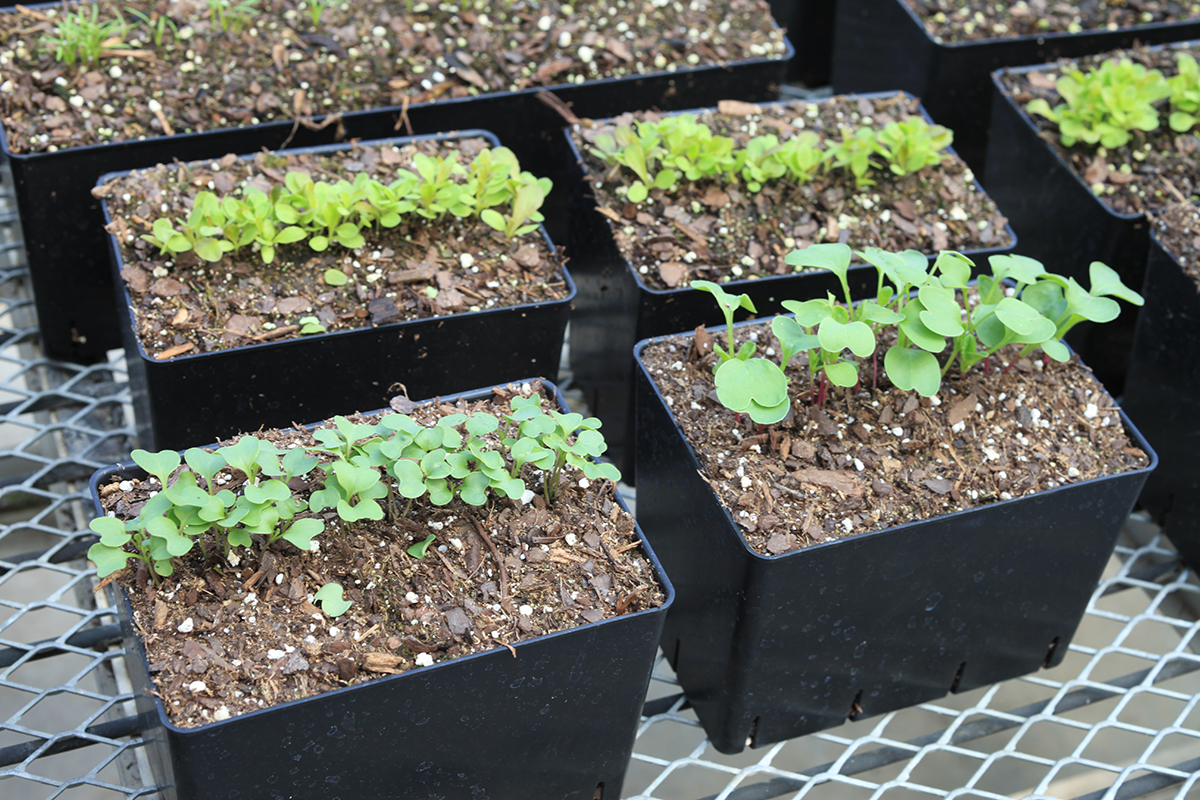
Proper drainage is perhaps the most overlooked plant need in competing vertical garden designs. Positive drainage is necessary to prevent diseases, fungal or bacterial infections, and salt build-up in living wall planters.
LiveWall systems are designed to drain for healthy roots.
Nutrition
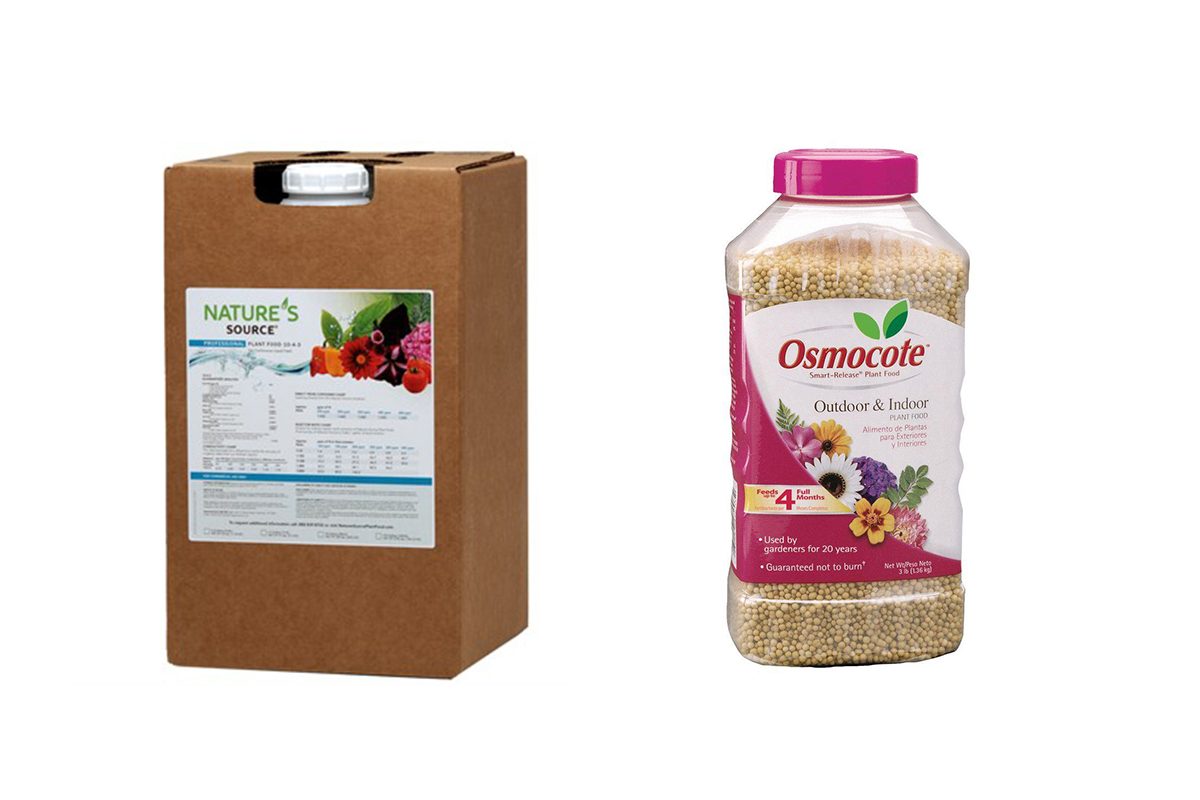
Vegetables, greens, and herbs require supplemental nutrition to produce foliage and fruit for consumption.
LiveWall makes it easy to fertilize. On outdoor systems, a granular, controlled-release fertilizer can be applied, typical once or twice per growing season. Alternatively, a fertigation unit feeds metered amounts of liquid plant food into the water at each irrigation event.
Easy replanting
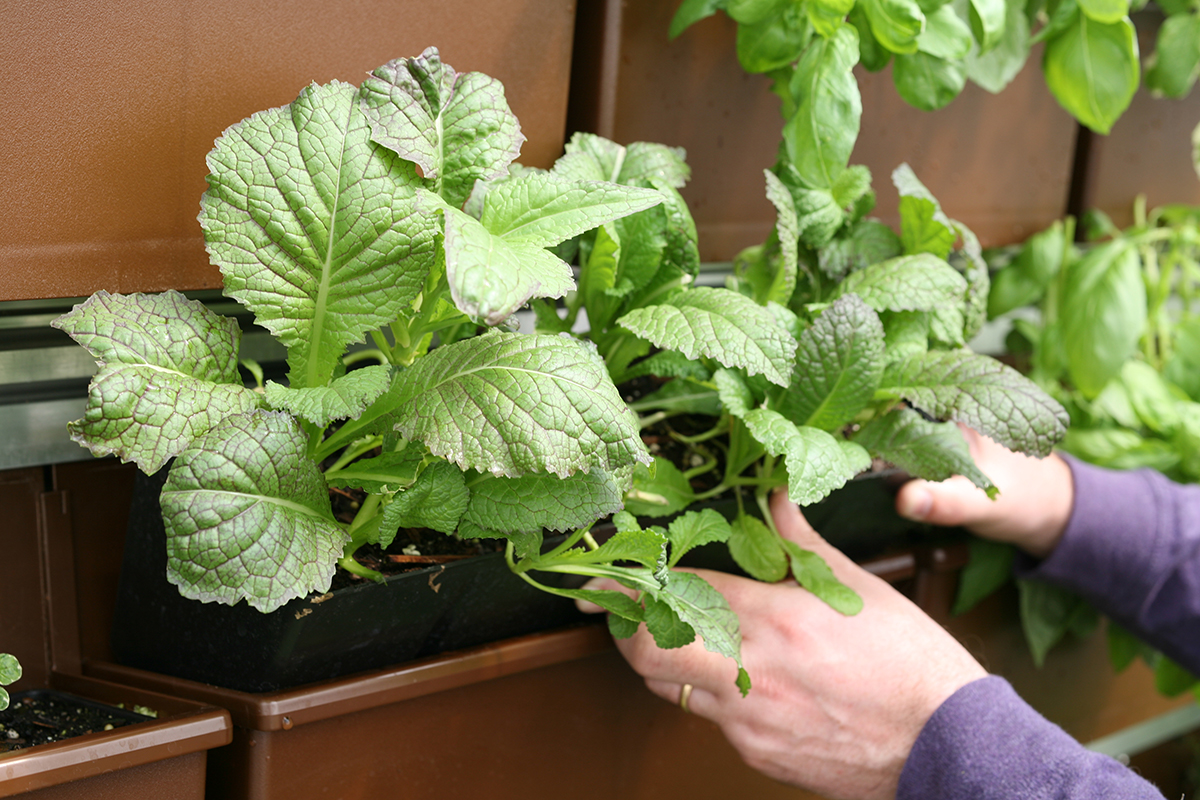
Most edibles by their nature are annuals and require replanting each growing season. With this in mind, we designed our vertical gardens to make the planting process easy. Removable planter inserts allow for the harvested, spent plants to be emptied and composted quickly and efficiently.
If desired, these inserts allow for young plants to be be started in a greenhouse. When the danger of frost has passed, the established vegetables or greens are simply dropped into place in the living wall.
